Unlocking Nature’s Mysteries: Why Wildlife Viewing at the Resaca Is an Experience Like No Other
Have you ever felt the quiet excitement of seeing a Texas tortoise amble past your feet, or the flash of color as a rare bird darts through lush, semi-tropical foliage? For nature lovers and curious minds, the world of resaca wildlife viewing offers an escape into remarkable biodiversity hiding in plain sight. With over eight miles of winding trails, viewing decks tucked over the water, and a lively cast of feathered and furry residents, this unique pastime is more than a casual stroll through the woods—it is an immersion into a living, breathing ecosystem carved by the Rio Grande itself.
At a time when many wild spaces are shrinking, understanding the value and adventure of resaca wildlife viewing has never been more important. This isn’t just about spotting animals; it’s about witnessing the ancient dance of river, forest, and wetland habitats coming together. The South Texas resacas—these oxbow lakes etched by the Rio Grande—have become a refuge for birds, mammals, butterflies, and those seeking a moment of tranquility away from urban noise. Anyone who has ever felt the thrill of discovery in nature will find these wetlands and woodlands richly rewarding, with every path taken promising a new story, a hidden animal, and a fresh perspective on conservation.
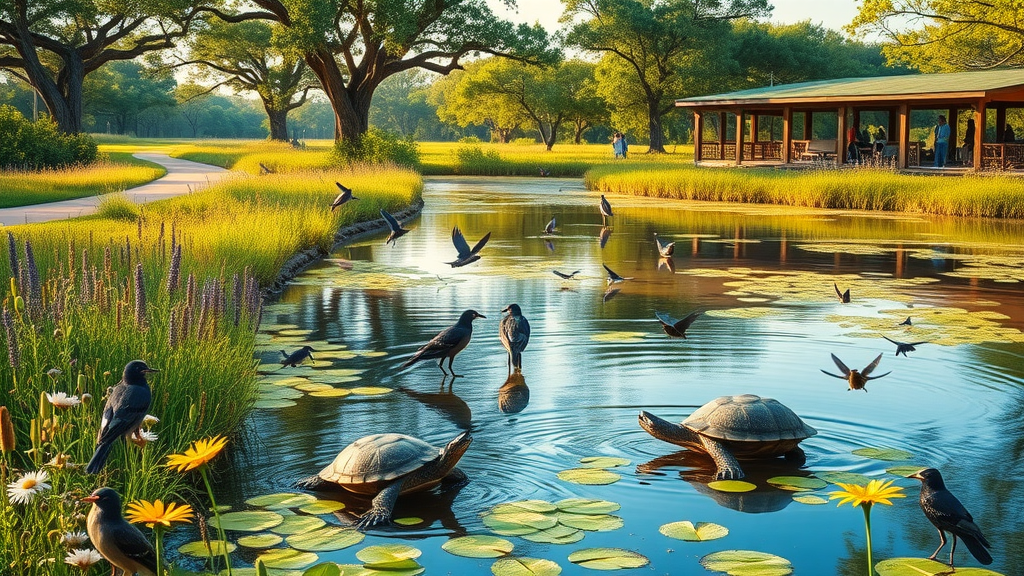
Diving Deep into the Resaca: Understanding a Unique Wildlife Haven
Resaca wildlife viewing is unlike any other outdoor activity in Texas. A “resaca” is an ancient, meandering arm of the Rio Grande cut off from the main flow—a natural phenomenon that gives rise to both tranquil waters and a tapestry of biodiversity. The habitats here are a careful mix of woodland and savannah intertwined with wetland pockets, hosting an astonishing variety of wildlife. With the chance to explore both on foot and by bike, or even on a tram ride, visitors enter a world where every season reveals new wonders—a reason this region has become a cornerstone for migratory birdwatchers and nature explorers alike.
Missing out on understanding the role of resaca habitats might mean overlooking one of the most fragile and important links in Texas’s ecological chain. The shifts between wetland and wooded stretches create essential homes for rare creatures—birds, butterflies, and even bobcats—that would struggle to survive elsewhere. For young explorers and adults alike, learning about these unique habitats provides not only a connection to wild Texas but also a deeper stake in local conservation. Ignoring the delicate balance of these environments could lead to missed educational opportunities, loss of species, and the fading of an irreplaceable natural legacy.
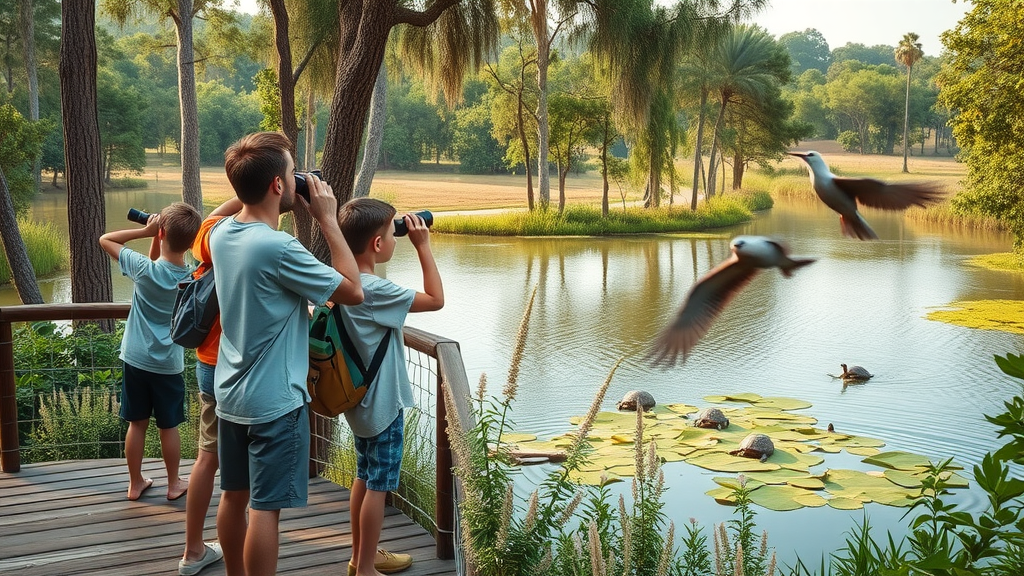
How Resaca Wildlife Viewing Enriches Lives, Sparks Curiosity, and Inspires Conservation
As an anchor for both education and adventure, resaca wildlife viewing offers tangible benefits to people of all ages. Beyond the quiet thrill of sighting a Texas tortoise or a flutter of brilliant butterflies, this kind of experience encourages visitors to reconnect with the rhythms of nature. Taking a walk on the well-marked trails or pausing on a shaded overlook, visitors can observe not only rare birds but also the intricate relationships between land, water, and wildlife. These moments of observation nurture a sense of wonder, promoting lifelong learning and even inspiring future scientists, conservationists, or artists.
Equally important, resaca wildlife viewing enhances health and well-being by immersing visitors in nature’s calm. Multiple studies have shown that regular time in wild spaces reduces stress and boosts mood—a day spent exploring the park’s trails or resting on a bench by the water becomes more than just recreation; it’s a form of self-care. The park’s welcoming facilities, Ranger programs, and accessible hiking and biking paths make wildlife discovery easy for families, solo travelers, and school groups alike. For many, the transformative effect of spotting everything from elusive bobcats to countless butterflies offers a fresh sense of connection—not just to the animals, but to the wider South Texas landscape itself.
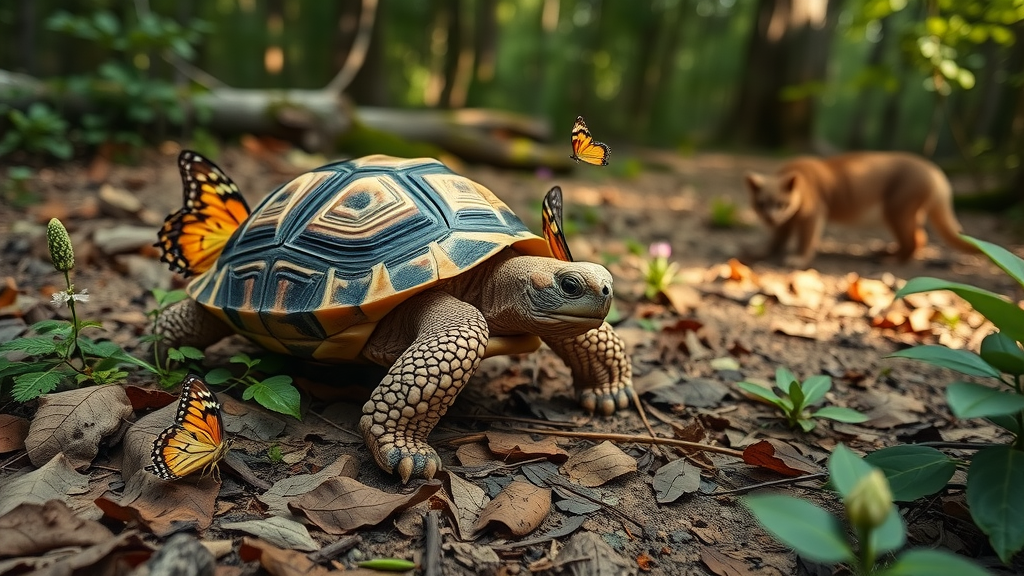
Trails, Decks, and Wetlands: Your Pathways to Rich Wildlife Encounters
Resaca de la Palma’s thoughtful design ensures that wildlife encounters are accessible to all. With over eight miles of trails winding through varied landscapes—each revealing different bird calls, blooming wildflowers, and sightings of resident and migratory species—every visit brings something new. The four elevated decks that overlook the water are strategic vantage points, allowing quiet, respectful observation of wading birds, turtles sunning on logs, and the swirl of dragonflies above the resaca. These thoughtfully placed features create a gentle boundary, protecting both the animals and the observer from disturbance.
Even without the hum of car engines (private vehicles aren’t allowed beyond the visitor center), the park experience feels immersive and unhurried. Guests can rent bikes—adult bikes, tricycles, and even child carriers—to explore at their own pace. Benches tucked alongside the paths invite reflection and sketching, with every pause offering another chance to notice something previously missed: the flash of a lizard, the courtship dance of butterflies, or the silent stalk of a bobcat. This approach not only supports the tranquility of the landscape but encourages visitors to slow down and observe, deepening their appreciation for every moment spent in nature’s embrace.
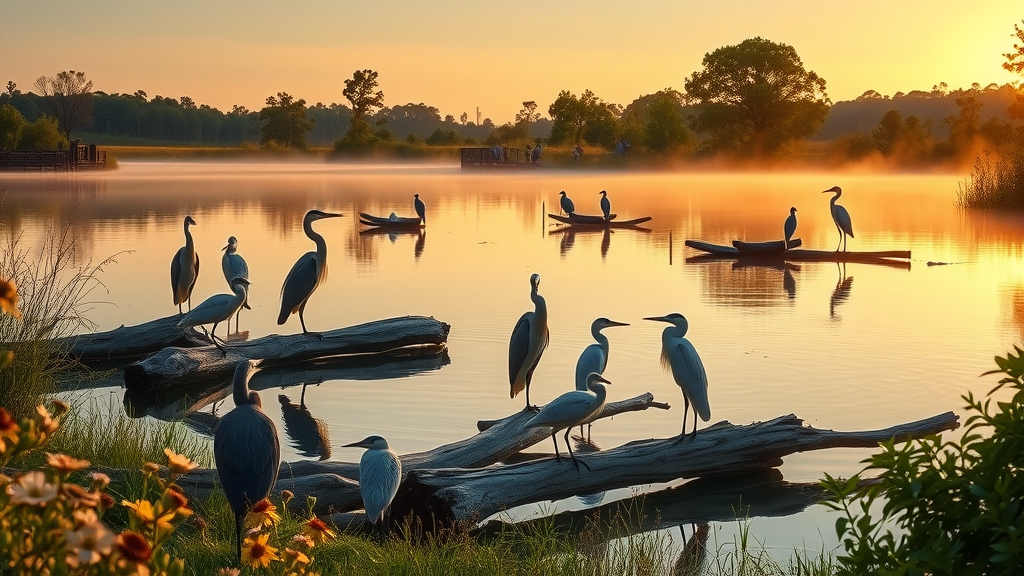
Bridging Science and Wonder: Ranger Programs and Learning Opportunities
Field trips, Ranger-led walks, and hands-on activities are integral to unlocking the secrets of resaca wildlife viewing. Built on a mission of education and engagement, these programs bring visitors face-to-face with both the visible and hidden jewels of the ecosystem. Young explorers can borrow an Explorer Pack, loaded with simple tools for discovery, or complete an Activity Journal to earn a Junior Ranger badge—making learning tactile and memorable. Teachers are encouraged to take advantage of year-round field trips, ensuring that the park functions as both classroom and laboratory for observing interactions between wetland and woodland species.
Adults aren’t left behind, either. Themed events and interpretive guides supplement casual visits with in-depth knowledge, highlighting the role each creature—whether a dragonfly or a bobcat—plays in the ecosystem. Customized nature programs for groups can be arranged, underscoring the park’s commitment to community learning and stewardship. Through active engagement, visitors move beyond sightseeing to become partners in the ongoing story of conservation, fostering both stewardship and curiosity in every age group.
Beyond Birding: Why Diversity Matters in Wildlife Encounters
Bird enthusiasts may flock to the park for the rarest sightings along migratory flyways, but resaca wildlife viewing extends so much further. Amphibians, reptiles, butterflies, and mammals create a vibrant tapestry of life. Even casual visitors are rewarded with glimpses of Texas tortoises, horned lizards, and playful bunnies; each species an important piece in the larger ecological puzzle. This diversity is not accidental—it springs from the intersection of habitats where dry land meets standing water, providing food, shelter, and breeding grounds unseen in more uniform landscapes.
Cameras and sketchpads are common sights in the park, as artists and photographers attempt to capture the unique light and movement of the region. Every visit offers something different, shaped by the seasons, the weather, and a little bit of luck. From witnessing butterfly migrations to watching the early morning hunt of a bobcat, the unpredictable beauty of the resaca encourages repeat visits and shows the lasting value of preserving such a dynamic, living place.
Resaca de la Palma’s Commitment: Stewardship, Access, and Inspiration
As an anchor point within the network of Texas state parks and the World Birding Center, Resaca de la Palma is driven by a deep commitment to stewardship, access, and connecting people to the beauty of South Texas. Every element—from the ban on private vehicles inside the park to the diverse array of rental options and educational programs—reflects a belief that wild places should be open, sustainable, and inspiring for everyone. This philosophy extends beyond conservation; it invites community involvement through volunteering and group engagement, reinforcing the park’s role as both refuge and resource.
The mission is clear: Protect the sensitive habitats shaped by the Rio Grande while providing spaces for joy, learning, and quiet observation. Whether it’s supporting teacher-led field trips, encouraging families to explore together, or offering tools for discovery to young visitors, the park models inclusive and mindful land stewardship. This unique approach not only preserves a rare slice of Texas but also sets a standard for how wild spaces can be both cherished and shared, now and for future generations.
Real Visitor Impact: A Family Finds Joy and Connection in Resaca Wildlife Viewing
The real test of any wild space lies in the stories of those who walk its trails. One visitor’s recent experience shines a light on the magic that resaca wildlife viewing can bring to families and nature lovers alike. Summertime often brings families together outdoors, and sometimes a single visit opens new worlds of curiosity and delight.
I visited this wonderful state park on July 9th, 2025 with my mother. The visitors center was very well maintained and had a lot of cute supplies for the kids to use for free. The park rangers were very friendly and informative! We rented bikes to ride around the paved trail and got to see an assortment of birds, butterflies, small bunnies and even spotted a Texas Tortoise! We would definitely go back with more family :)
This firsthand story, echoed by many others, reinforces the park’s power to create positive, lasting memories—uniting generations in discovery and sparking fresh appreciation for the natural world. Families, solo adventurers, and even first-time visitors all stand to gain inspiration, shared joy, and new knowledge with each step taken in pursuit of wildlife at the resaca.
Why Resaca Wildlife Viewing Deserves Its Place in Every Nature Lover’s Journey
At a time when true wilderness feels increasingly distant, resaca wildlife viewing provides an easily accessible window into a thriving, essential ecosystem. The careful stewardship, inclusive access, and focus on both education and immersion make Resaca de la Palma State Park a powerful advocate for the Rio Grande Valley’s natural richness. By attending a ranger program, renting a bike for the trails, or simply lingering on a deck at sunset, visitors are not only observing wildlife but participating in the ongoing preservation of Texas’s wildest corners.
The transformative potential of resaca wildlife viewing extends far beyond simple sightseeing; it changes how we see the world and our responsibilities within it. Through every guided hike, Junior Ranger badge, and family adventure, the park’s unique blend of habitats, expertise, and hospitality continues to lead the way in conservation education—ensuring this resaca remains a haven for both animals and those who come to watch them.
Contact the Experts at Resaca De La Palma State Park & World Birding Center
If you’d like to learn more about how resaca wildlife viewing could benefit your outdoor adventures or educational plans, contact the team at Resaca De La Palma State Park & World Birding Center.
📍 Address: 1000 New Carmen Ave, Brownsville, TX 78521
📞 Phone: +1 956-350-2920
🌐 Website: tpwd.texas.gov/state-parks/resaca-de-la-palma
Resaca de la Palma Location and Public Hours
Visitor Center 🕒 Hours of Operation:
📅 Monday: ❌ Closed
📅 Tuesday: 8:00 AM – 4:30 PM
📅 Wednesday: 8:00 AM – 4:30 PM
📅 Thursday: 8:00 AM – 4:30 PM
📅 Friday: 8:00 AM – 4:30 PM
📅 Saturday: 8:00 AM – 4:30 PM
📅 Sunday: 8:00 AM – 4:30 PM
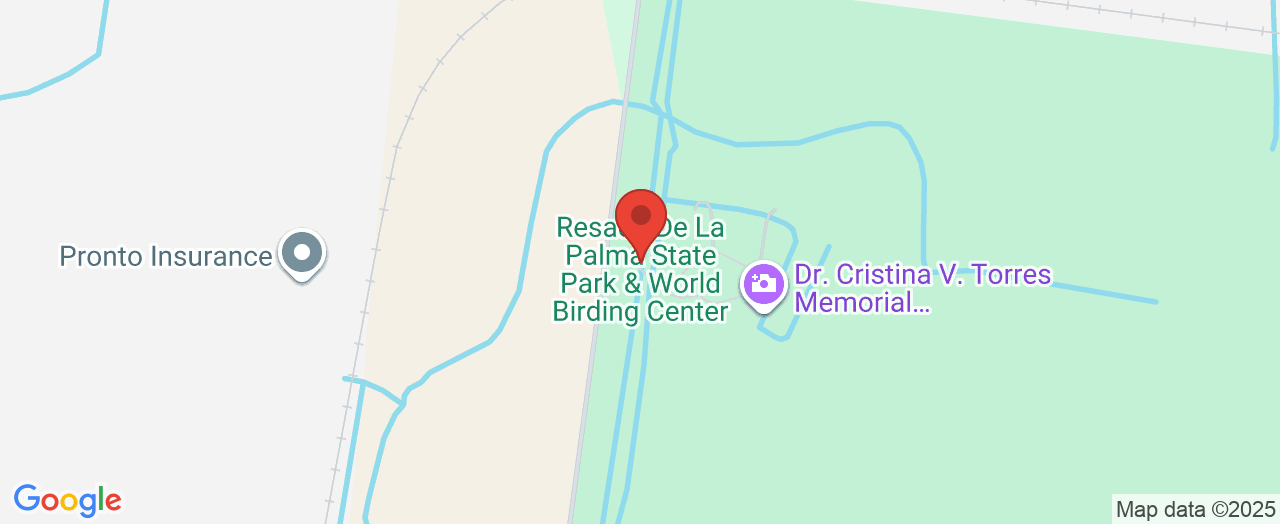
 Add Row
Add Row  Add
Add 





Write A Comment